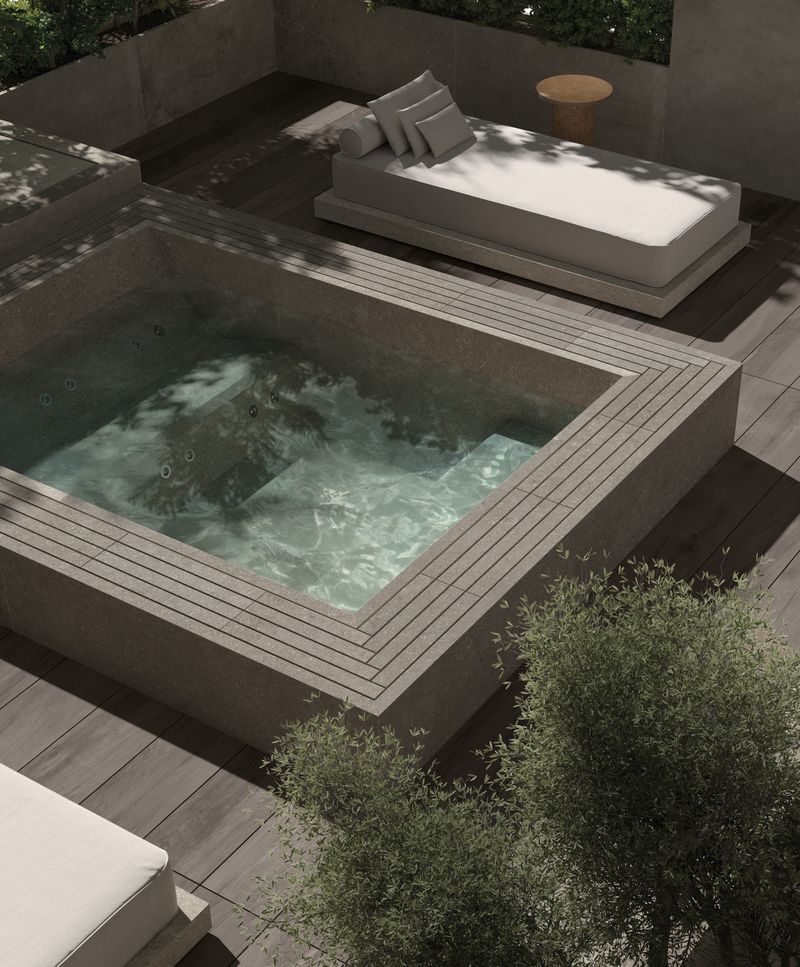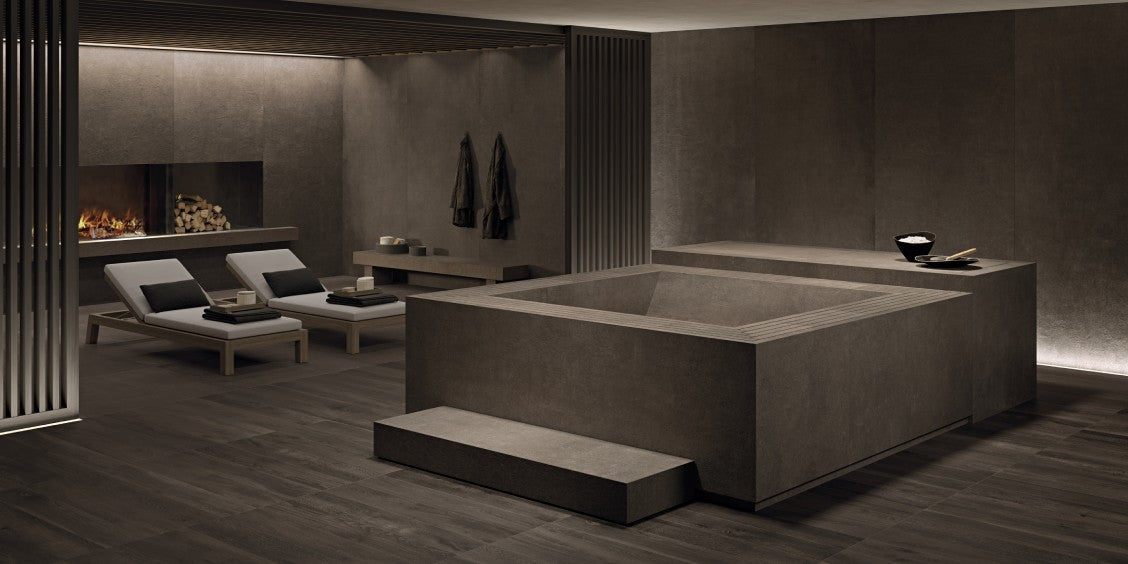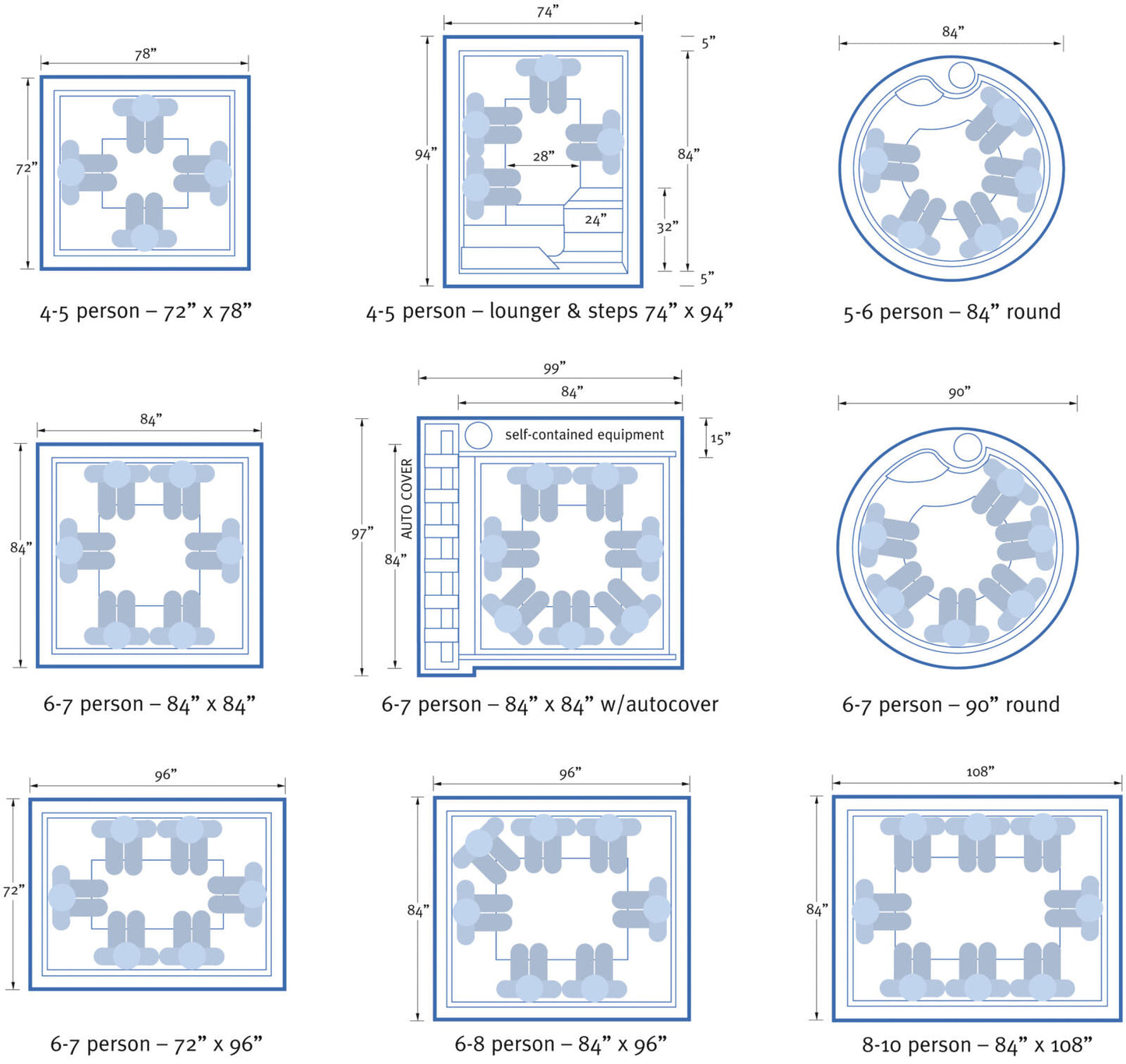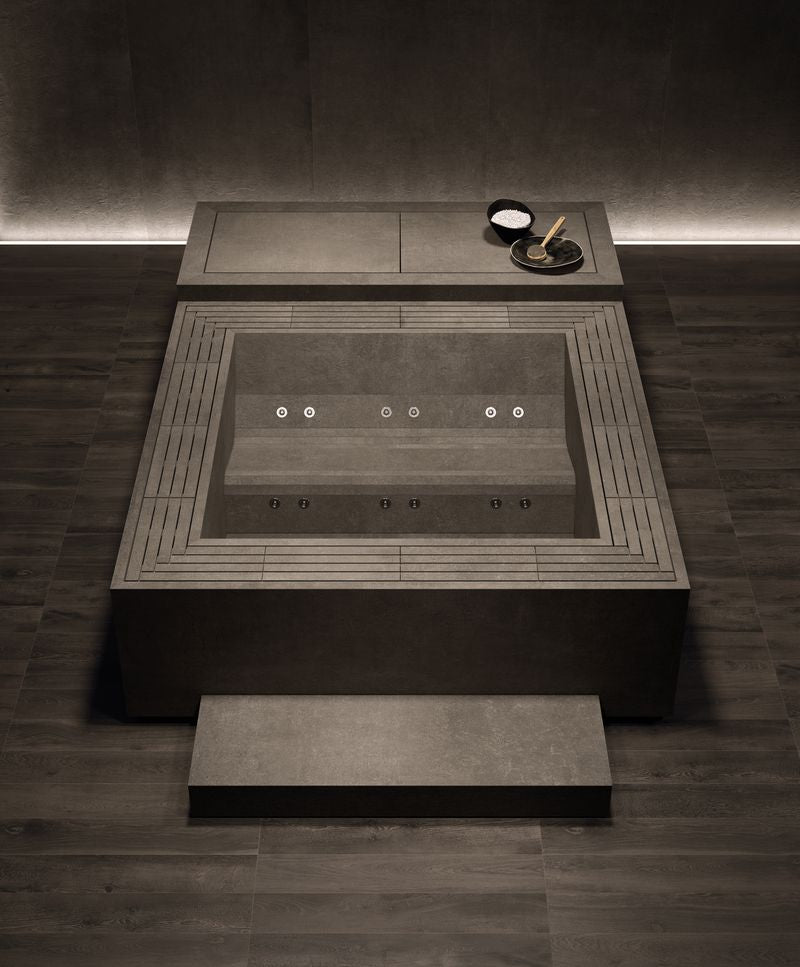comet-spa-interior
custom concrete jacuzzi
custom concrete jacuzzi
Couldn't load pickup availability
A custom concrete jacuzzi can be a beautiful and functional addition to your outdoor or indoor space, offering a luxurious and long-lasting solution for relaxation. Concrete is a highly versatile material that can be molded into various shapes, sizes, and designs, making it ideal for creating a jacuzzi that suits your specific needs and aesthetic preferences.
Here are some key considerations and steps for creating a custom concrete jacuzzi:
1. Design and Shape
- Shape & Size: Concrete jacuzzis can be made in almost any shape—round, square, oval, or even free-form, depending on your space and preference.
- Seating: You can have built-in seating around the perimeter or create sculpted seating that provides ergonomic support for a comfortable soak.
- Spa Features: Consider incorporating features like built-in jets, a waterfall, LED lighting, or even a spillover into a pool if desired.
2. Location
- Outdoor vs. Indoor: If you're placing the jacuzzi outside, consider weather conditions, access to water, and electrical outlets for the pump and heating systems. An indoor installation may require additional ventilation and plumbing adjustments.
- Access & Space: Ensure there’s enough space around the jacuzzi for maintenance, seating, and circulation.
3. Construction Process
- Excavation: If it’s an in-ground installation, excavation of the space will be needed to create a foundation.
- Reinforcement: Concrete is strong, but it needs reinforcement with steel rebar or mesh to prevent cracking and ensure durability.
- Formwork: The jacuzzi's shape will be molded using wooden or metal forms. The formwork will hold the concrete in place while it cures.
- Concrete Pouring: Once the forms are in place, the concrete is poured, compacted, and smoothed.
- Plumbing & Electrical: Professional plumbing and electrical systems need to be installed for water jets, heating, and lighting.
- Finishing: The surface of the concrete is smoothed, polished, or treated with a special finish like aggregate, tile, or even a special concrete coating for aesthetic appeal and safety (non-slip surfaces).
4. Materials & Finishes
- Concrete Types: Choose from different types of concrete, such as regular concrete, stamped concrete, or polished concrete, depending on the desired finish.
- Tiles: Many custom jacuzzis feature tiles on the interior or along the outer edges for additional aesthetic appeal. Materials like glass, mosaic, or ceramic tiles are commonly used.
- Texturing and Coating: Consider textured finishes to create a luxurious feel and provide safety (such as non-slip options). Popular coatings include epoxy, sealants, or stone-like finishes.
- Stone or Natural Features: Some concrete jacuzzis can incorporate stone or rock-like textures for a more natural, rugged look.
5. Water Features and Jets
- Jets & Massage: Adjustable jets can be installed to provide different massage settings. These can be strategically placed along the sides or bottom to target key areas of the body.
- Waterfall & Spillover Effects: Adding a waterfall feature can enhance the ambiance, creating the soothing sound of flowing water. Some designs include spillover effects that pour water into a nearby pool or secondary water feature.
6. Heating & Filtration
- Heating System: If you're building a permanent outdoor jacuzzi, consider integrating a high-efficiency heating system to keep the water warm year-round.
- Filtration: A proper filtration system will ensure the water stays clean and clear. This typically includes a pump, filter, and possibly a sanitizer like a salt system or UV system.
7. Customization Options
- Lighting: LED lighting around the jacuzzi, underwater lighting, or mood lighting can add ambiance, especially for night-time use.
- Automation: You can integrate your jacuzzi with smart home systems for automated temperature control, lighting, and jet adjustments.
8. Maintenance
- Cleaning: Concrete surfaces may require periodic sealing and cleaning to prevent stains and wear. Keep the jets, pumps, and filters well-maintained to ensure proper water flow.
- Repairs: If cracks develop over time (which can happen in any concrete structure), they can be patched and sealed by a professional.
9. Cost & Timeline
- Cost: Custom concrete jacuzzis can be expensive, with costs varying based on size, features, design complexity, and location. Expect to pay anywhere from $10,000 to $50,000 or more, depending on your specifications.
- Timeline: The construction of a custom concrete jacuzzi typically takes 2 to 4 weeks, depending on complexity and weather conditions.
10. Professional Help
- Contractor: It’s best to work with a professional contractor who specializes in concrete pools and spas. They’ll have the expertise to design, construct, and install your jacuzzi to ensure long-lasting results.
- Design Consultation: Many contractors also offer design consultations to help you plan the perfect jacuzzi based on your space and needs.
A custom concrete jacuzzi is an investment in relaxation and luxury, and with the right planning and execution, it can become a stunning focal point for your home or outdoor space.














